INDUSTRY NEWS
Advances in the Bearing Industry: Pioneering Technological Breakthroughs
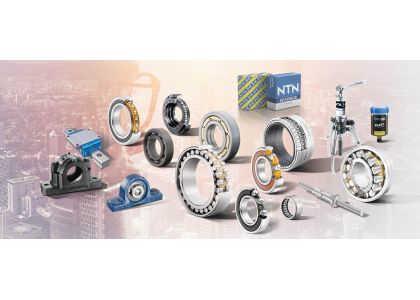
Introduction:
The bearing industry plays a crucial role in various sectors, ranging from automotive and aerospace to machinery and power generation. The continuous advancement of technology has enabled manufacturers to develop innovative solutions, improving the performance and efficiency of bearings. In this article, we will explore some of the latest developments in the bearing industry.
Introduction of Smart Bearings:
The integration of IoT (Internet of Things) technology in the bearing industry has resulted in the introduction of smart bearings. These bearings are embedded with sensors that capture and transmit real-time data, including temperature, vibration, and load information. By leveraging this data, manufacturers and operators can implement predictive maintenance strategies, reducing downtime, optimizing performance, and extending the lifespan of bearings.
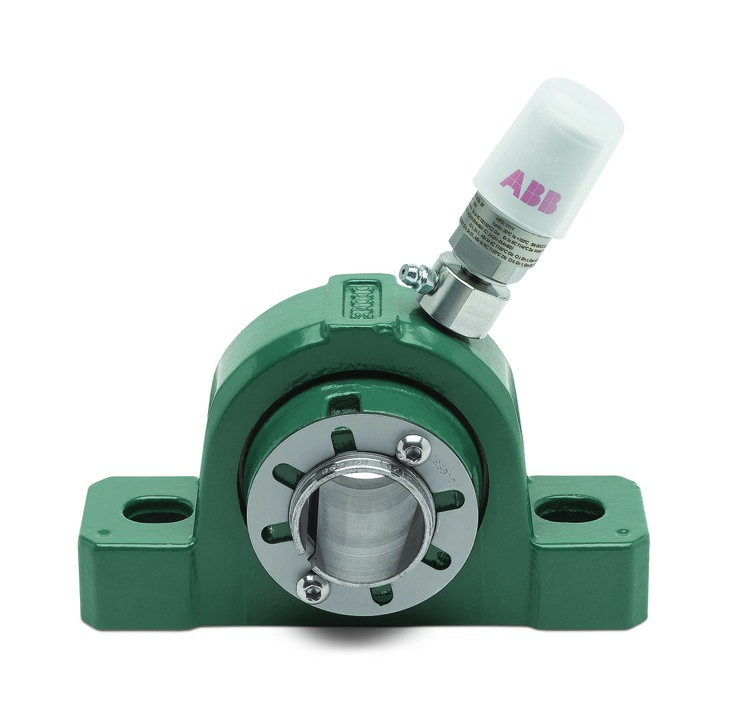
Material Innovations:
To meet the demands of modern applications, bearing manufacturers have focused on developing advanced materials with enhanced properties. Ceramic bearings, for instance, offer superior corrosion resistance, high-temperature capabilities, and reduced friction compared to traditional steel bearings. Furthermore, the integration of nanotechnology has opened up new possibilities for bearing materials, improving mechanical strength, wear resistance, and overall performance.
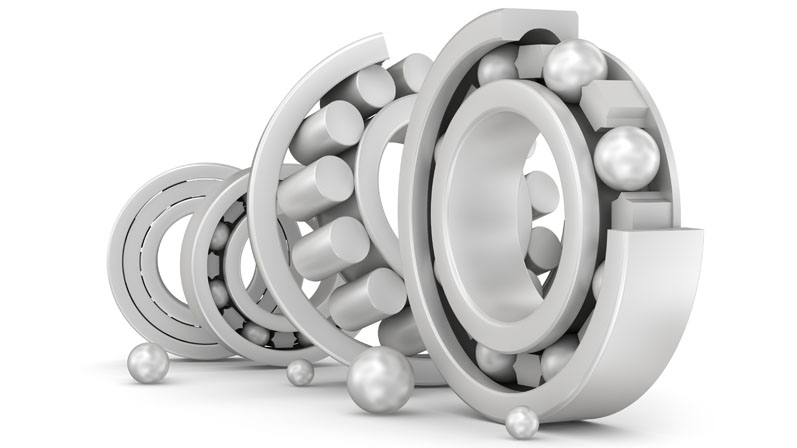
Lubrication Advancements:
Efficient lubrication is critical to the smooth operation and longevity of bearings. Recent advancements have led to the development of new lubrication technologies, such as solid and self-lubricating bearings. These bearings reduce the dependency on conventional lubricants, resulting in improved reliability, reduced maintenance, and environmental benefits. Additionally, the application of specialized coatings, such as diamond-like carbon (DLC) and polymer coatings, further enhances the tribological properties of bearings.
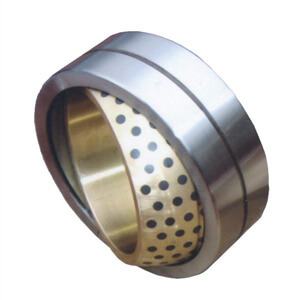
Energy Efficiency:
In response to increasing demands for energy efficiency, the bearing industry has made significant strides in reducing frictional losses. Manufacturers have introduced low-friction bearing designs and optimized internal geometries to minimize energy consumption. These energy-efficient bearings not only contribute to cost savings but also help reduce carbon emissions in various industries.
3D Printing Applications:
The advent of additive manufacturing, commonly known as 3D printing, has brought novel possibilities to the bearing industry. It enables the production of complex geometries and customized bearing designs with improved performance characteristics. 3D printing allows for rapid prototyping and iterative design processes, resulting in faster development cycles and increased product innovation.
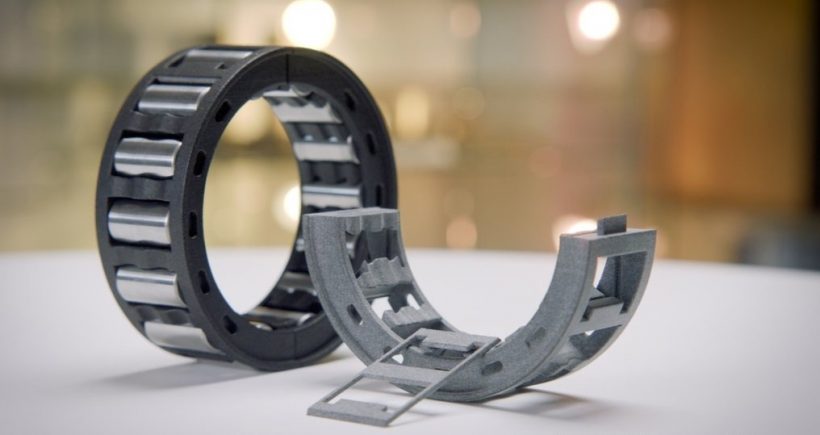
Conclusion:
The bearing industry continues to evolve, driven by a pursuit of enhanced performance and efficiency. Through the introduction of smart bearings, advanced materials, lubrication advancements, energy efficiency improvements, and 3D printing applications, manufacturers are revolutionizing the industry. These innovations not only empower various sectors but also contribute to sustainable development by reducing environmental impact. As technology continues to progress, we can expect further groundbreaking advancements, propelling the bearing industry into a new era of productivity and reliability.